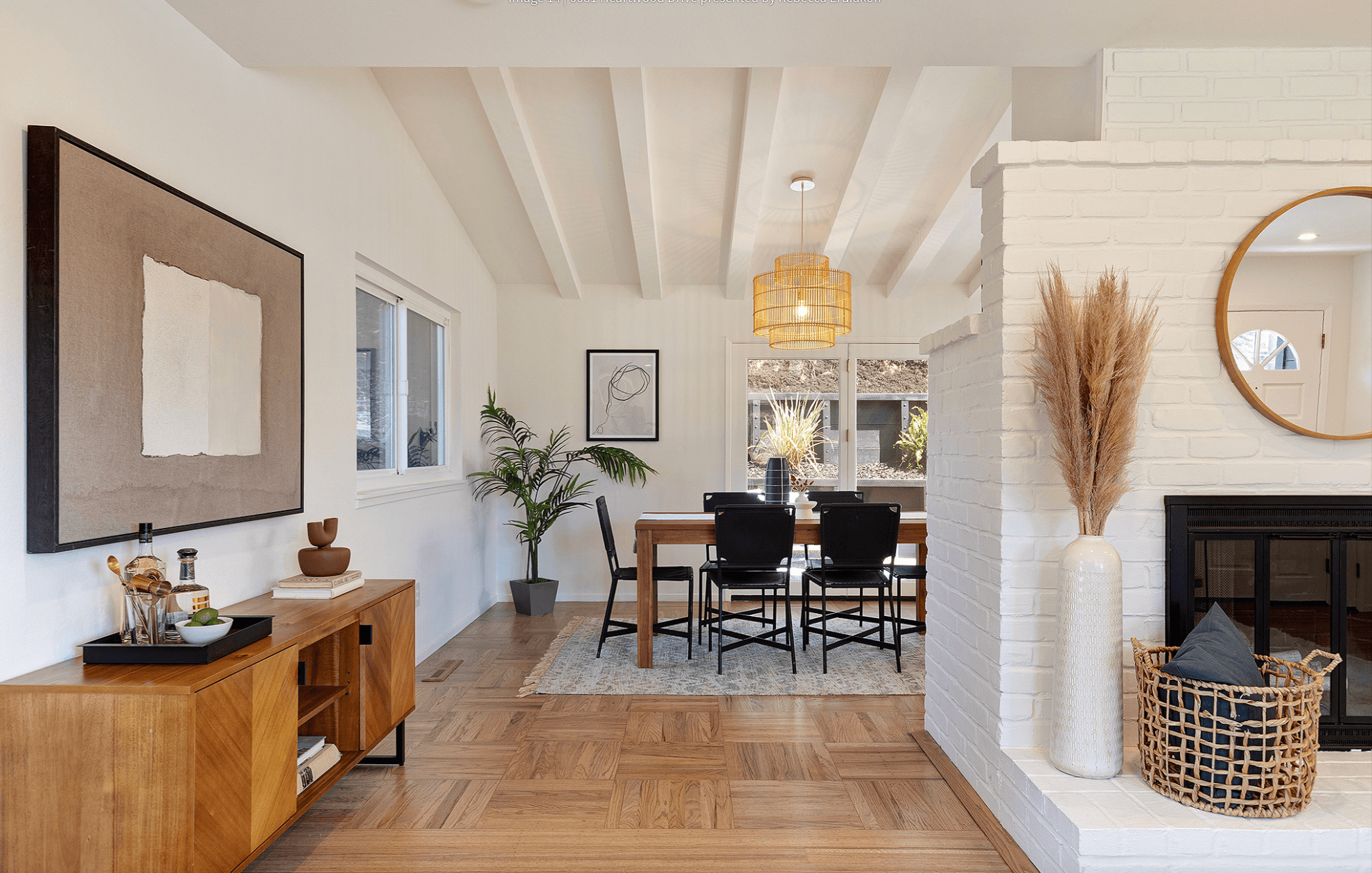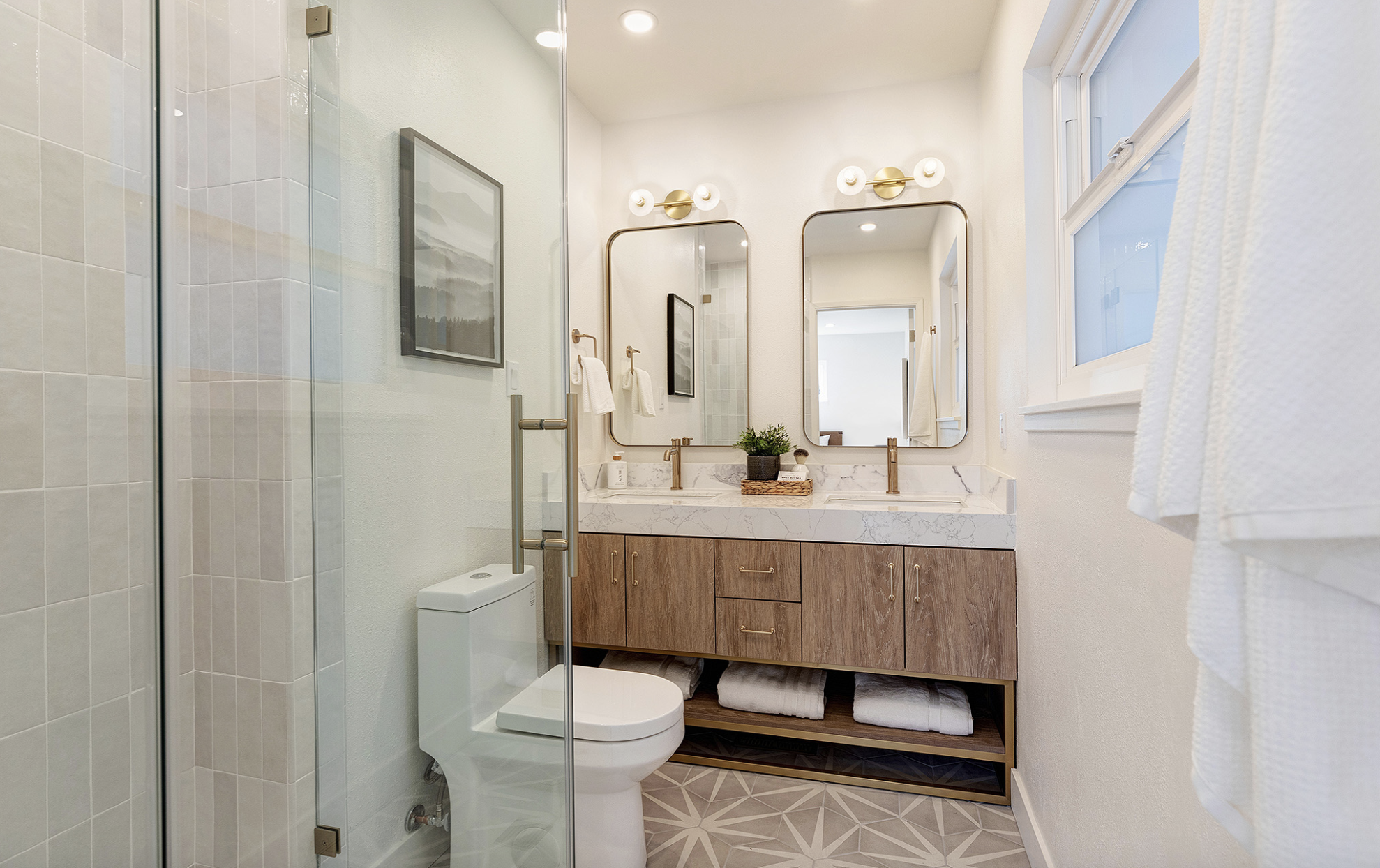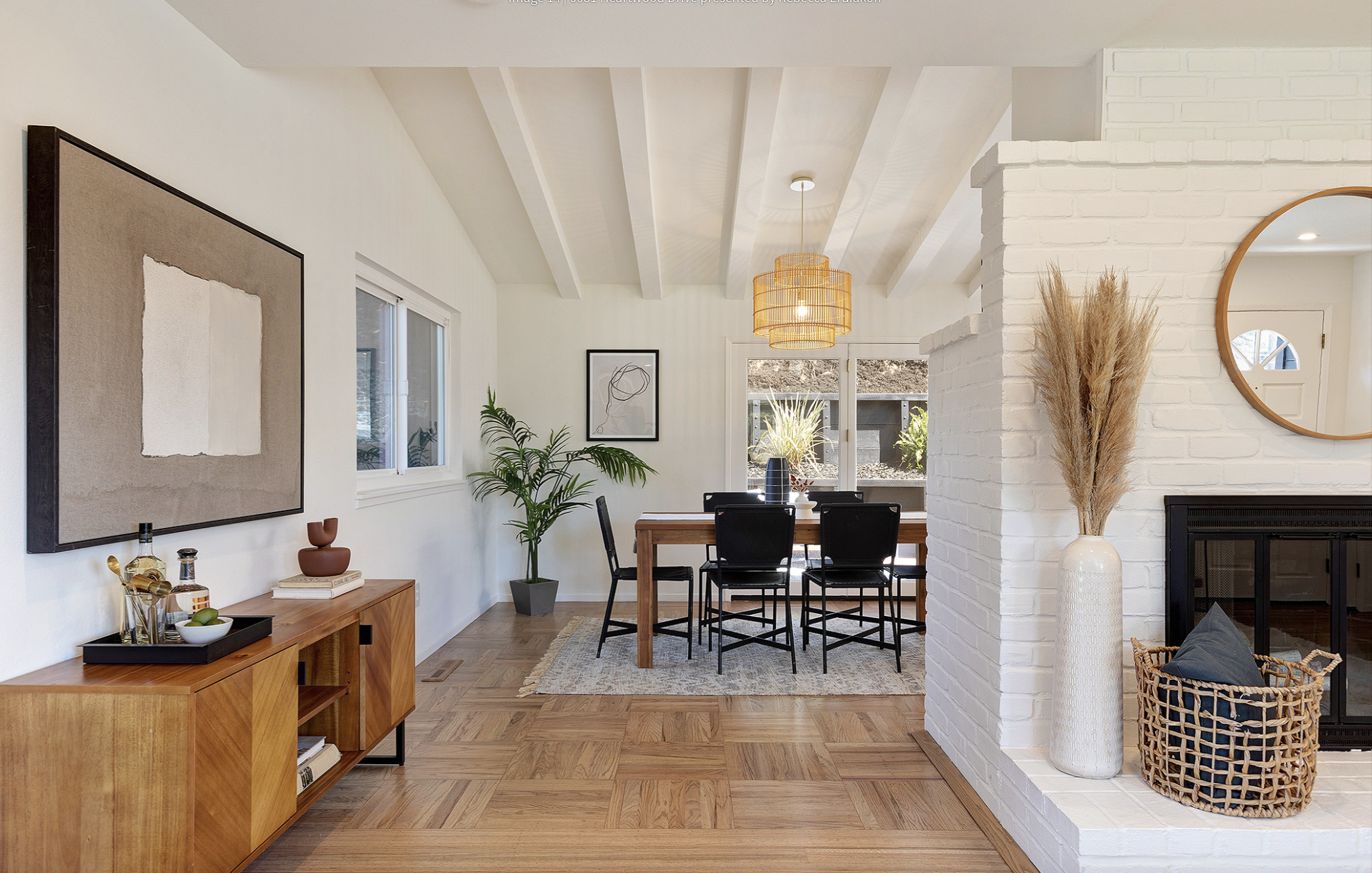Considering Living in Your House During a Remodel? Here are 4 Essential Tips!
Sep 12

Opting to stay living in your home during a remodel can feel like a stressful and cramped arrangement. It can be frustrating to live amidst subcontractors coming and going, noise levels, dust and debris, and rotating schedules. Of course, remodeling before a home sale is a great way to boost the value of your property. But, depending on how extensive your remodel is, some homes are completely uninhabitable during a project, or sometimes certain parts of the house can be sectioned off while all efforts move forward in harmony. Your Freemodel project director can help you decide if staying is even feasible, and how to merge schedules to pull it off.
If you’re considering staying in your home during a remodel, we have a handful of tips that will help you master your planning (and muster your patience):

Megan Silver’s project in Oakland, CA
1.Protect kids, elderly, and pets
Prioritizing your safety and the safety of those in your household is the most important factor amidst all the commotion of a renovation. The most straightforward way to accomplish this is by setting clear traffic spaces for the renovation team, and different traffic and dwelling spaces for your family. Be sure to contain and clean the areas that you will be using to ensure that your children, seniors, and pets are out of harm's way and breathing clean air. We understand that children can get restless, and for that reason, we recommend repurposing a room solely dedicated to keeping them entertained. Toys, games, electronics, and reading materials can all be great ways to keep kids preoccupied and engaged.
2. Move any food, supplies, and belongings
During your renovation, the inaccessible rooms will no longer be useful or beneficial for storage purposes. We recommend identifying essential items that you’ll need throughout the project and moving them to a room that will remain utilized throughout the process. Organize boxes of items by category so that they’re easy to locate and keep tidy. Remove any items (essential or nonessential) that might get in the way or that could be damaged, and find a better place for them. Sometimes, non-essential items can be tucked into storage or cupboards that will not be disturbed during the remodel.

Megan Silver’s project in Oakland, CA
3. Designate your work, living, and play areas
Once your schedule is set into place, your Freemodel project director will work with you to identify and seal off any areas that will be under renovation. Temporary barriers, substitute facilities, and alternate routes can be set up to help keep you and your family clear of dust, noise, and any dangers from the active worksite. We also recommend putting up plastic sheeting to create "clean" spaces and corridors, In addition, be sure to exercise extra caution if there is plaster-and-lathe that contains asbestos. When working with Freemodel, our subcontractors will be sure to clean up at the end of every day on the job, minimizing the mess in your home as much as possible. Be sure to communicate to your household which areas and passageways are theirs, and which are off-limits. Color coding or using signs or decorative duct tape to identify zones can be a fun craft and easy for kids or elders to remember.
4. Get a kitchen and bathroom strategy in place
Kitchens and bathrooms are two rooms that you truly cannot live without in a home. And if either or both of them are under construction, things can get tricky. When it comes to kitchens and eating, we recommend adjusting your menu from heavily prepared to pre-planned or lightly processed meals for a few weeks. Stock up on nonperishable items, and consider using disposable plates and cutlery. Investing in a minifridge can be helpful as well, and is something that will still be useful post-renovation. Any dishes can be washed in an unused bathroom sink, or at a makeshift station in the backyard. This also could be a great time to go check out those local restaurants that you’ve always been interested in!
When it comes to the bathroom, strategize renovating one bathroom at a time, so that the other can stay in use throughout the process. From there, planning a daily schedule will help everyone get their needs met without creating a traffic jam and thereby minimize stress. Utilizing a personal a caddy or carry-on that you take to and from the bathroom can help to make the most out of limited space and ensure that everyone’s items stay organized and mobile. Lastly, move any electrical appliances like hair dryers, lit mirrors, electric toothbrushes, or electric razors to a different room so that they can be utilized in a more open space with less clutter.

Megan Silver’s project in Oakland, CA